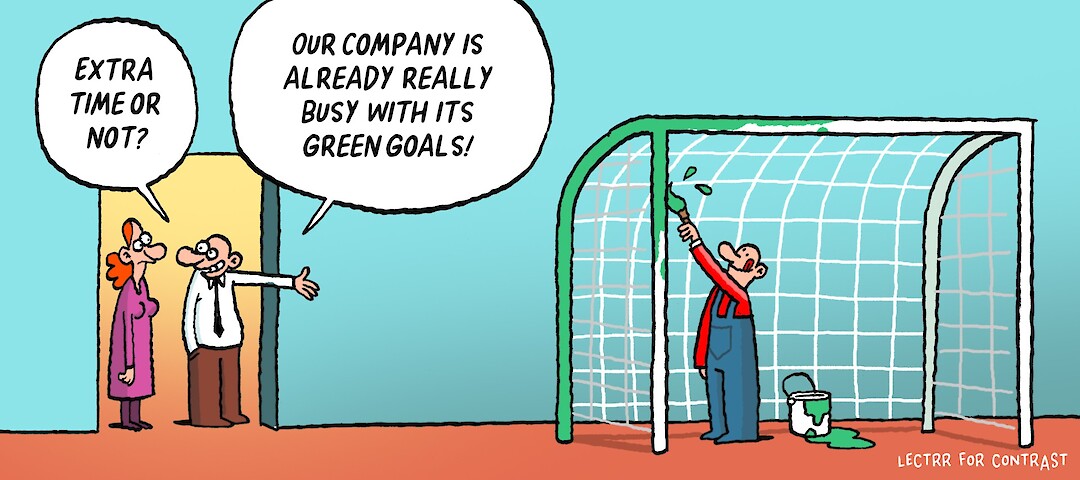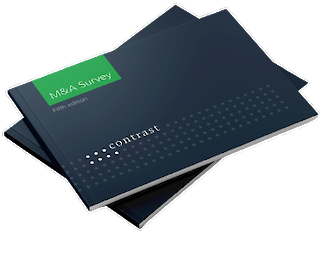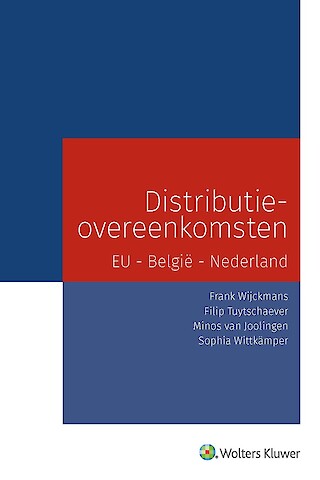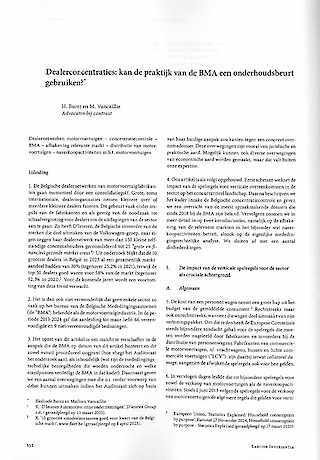In the Picture

Stop-the-clock for sustainability reporting?
May 2025Imagine...
For some time now, your inbox has been flooded with newsletters reminding you of the mandatory sustainability reporting obligation for companies. In 2026, your company must also draw up its first sustainability report. You have already started preparing for this report.
To your surprise, you read in the latest newsletter in your inbox that the reporting obligations have been postponed for 2 years. Moreover, your company will probably no longer fall within the scope of the reporting obligations. Should you pause your preparations?
A brief clarification.
On 28 November 2022, the European legislator adopted the Corporate Sustainability Reporting Directive (CSRD for short). EU Member States had to transpose the CSRD into national law by 31 December 2024.
Companies that are subject to the CSRD must report on sustainability issues such as the environment, social rights and governance in their annual report. The European Sustainability Reporting Standards (ESR standards) determine exactly what they must report and what their report should look like. These standards concern, for example, water and soil pollution, human resources policy and the management of supplier relationships.
It is important that the sustainability information relates to the entire value chain of the companies, both inside and outside the EU. They must report not only on their own sustainability performance, but also on that of their suppliers and customers.
To ensure the quality and reliability of the sustainability report, it must be checked by an external auditor. In the first instance, this audit must provide a limited degree of assurance, although the CSRD provides that it can evolve to a reasonable assurance from 1 October 2028, provided that the European Commission deems this feasible for auditors and companies.
The CSRD provides for a phased entry into force, which would initially run as follows:
- Phase 1: 2025 (reporting for financial year 2024) - large European public-interest entities with more than 500 employees and large listed companies with more than 500 employees.
- Phase 2: 2026 (reporting for financial year 2025) - other large European companies and other large listed companies.
- Phase 3: 2027 (reporting for financial year 2026) - SMEs that are public-interest entities and listed SMEs.
- Phase 4: 2029 (reporting for financial year 2028) - certain other third-country companies.
Non-listed SMEs may also be impacted by the CSRD. After all, companies that are subject to CSRD will request information from their suppliers and customers for the preparation of their report. An SME that falls within that value chain can therefore also be asked to provide sustainability information.
In order to prevent non-listed SMEs from being confronted with unreasonable requests for information from their suppliers or customers, national legislators may put in place protection mechanisms. In Belgium, for example, these SMEs cannot be required to provide more information than the EU voluntary reporting standard for SMEs requires. Secondly, they cannot be compelled to have their sustainability data audited.
Is the CSRD in doubt?
On 26 February 2025, the European Commission published its Omnibus Package. This package contains a series of proposals aimed at strengthening the competitiveness of the European Union by reducing the administrative burden placed on companies by sustainability reporting.
The European Commission proposed the following changes to the CSRD, among others:
- Limitation of the scope. The thresholds would be raised so that only companies with more than 1,000 employees and a balance sheet total of more than 25 million euros or a turnover of more than 50 million euros will be subject to CSRD. The number of companies in the scope is thus reduced by about 80%.
- Deferral of the entry into force by 2 years ("stop-the-clock"). This deferral would apply to large (listed) companies, SMEs that are public-interest entities and listed SMEs (phases 2 and 3).
- Revision of the ESR standards. The revision aims to reduce the number of data points, make certain clarifications and improve consistency with other legislation.
- Value chain ceiling. The European Commission would develop a voluntary reporting standard for all companies that fall outside the scope. It will be based on the EU voluntary standard for SMEs. Companies subject to CSRD will not be allowed to request more information from companies within their value chain than what is required by the voluntary standard.
On 14 April 2025, the European legislator gave the green light to the "stop-the-clock" proposal, which postpones the reporting obligations for companies in phases 2 and 3 by 2 years. The European member states have until December 31, 2025 to transpose this "stop-the-clock" directive into national legislation.
The proposed substantive changes, such as the limitation of the scope of the CSRD, are still being analysed by the European legislator and will take more time. So, at the moment, the current legislative framework is still in force, albeit postponed.
Despite the proposed changes to the legislative framework, sustainability is and will remain a priority for companies. Focusing on sustainability will be necessary to meet the information requests of companies subject to CSRD and is also expected to be able to provide companies with a competitive advantage. It is therefore advisable to use the extra preparation time you have due to the "stop-the-clock" directive to collect the necessary sustainability data.
Concretely.
- The European legislator has postponed the entry into force of the CSRD by 2 years for companies that fall under phases 2 and 3.
- Discussions on substantive changes to the CSRD are ongoing.
- Sustainability is here to stay, so it's best to use the extra preparation time to collect the necessary sustainability data.
Want to know more?
Please consult our website or contact one of our team members if you have questions or require more information:













